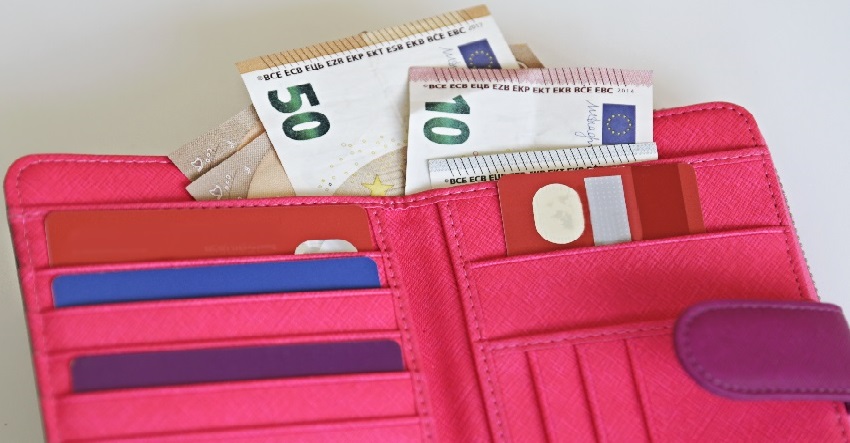Travelling abroad and wondering what to take in your wallet?
14/08/2025
Debit and/or credit cards and cash – whether in the local currency or otherwise – are the forms of payment that we typically use when travelling overseas. Perhaps a combination of both is the most convenient option, allowing you to choose the most suitable method for each situation. For example:
- If you will be using public transport or staying in remote locations and using rural shops, it’s best to take cash in the local currency since cards are less likely to be accepted and there may be no ATMs nearby.
- For services such as car rentals or accommodation, bear in mind that you may be required to pay with a credit card.
- For activities and services in tourist destinations, cards tend to be widely accepted and a convenient form of payment. Before travelling, check what fees your bank may charge you for using your card abroad.
In places where you have to pay in a currency other than the euro, you may find that tourist activities, eating at restaurants and buying something from the souvenir shop is cheaper if you pay in cash. Some establishments offer lower prices if you pay in cash rather than with a card, on account of the fees that banks charge them for using point of sale (POS) terminals and currency conversion fees.
It’s also useful to know that in some countries you can pay using some of the world’s most widely accepted currencies, such as the dollar and the euro, as well as the local currency.
For all of these reasons, it’s very important to find out which are the most common forms of payment used in the country before deciding to exchange your euro for another currency. That way you can properly organise the money that you plan to spend on your trip.



